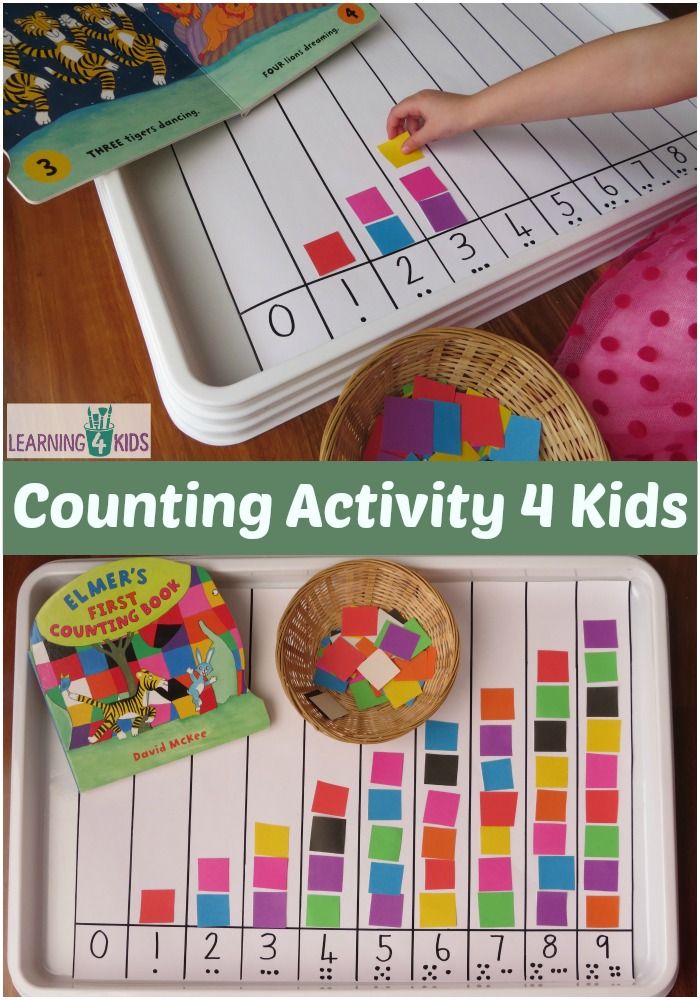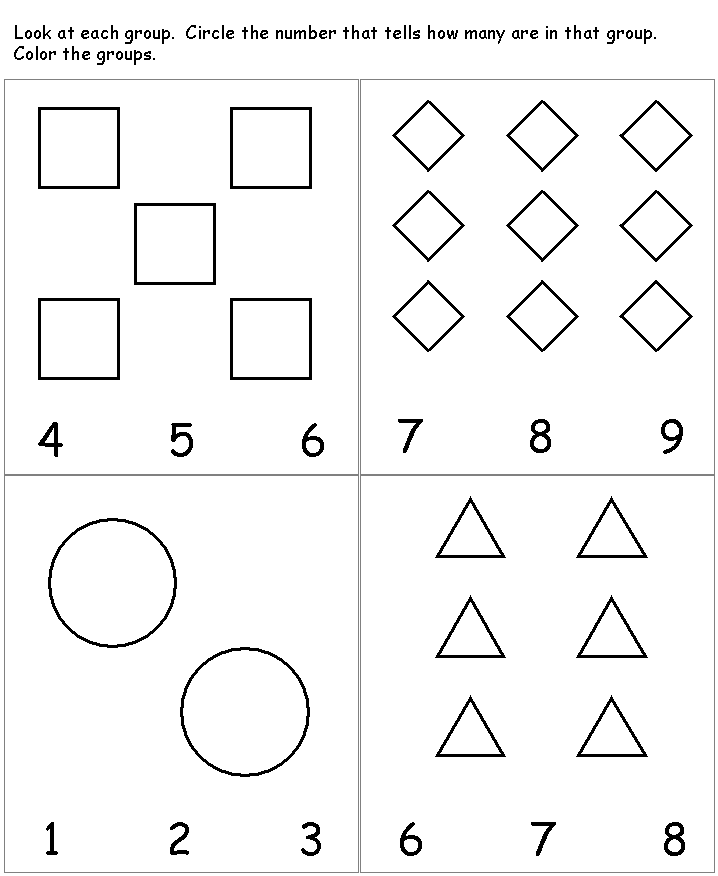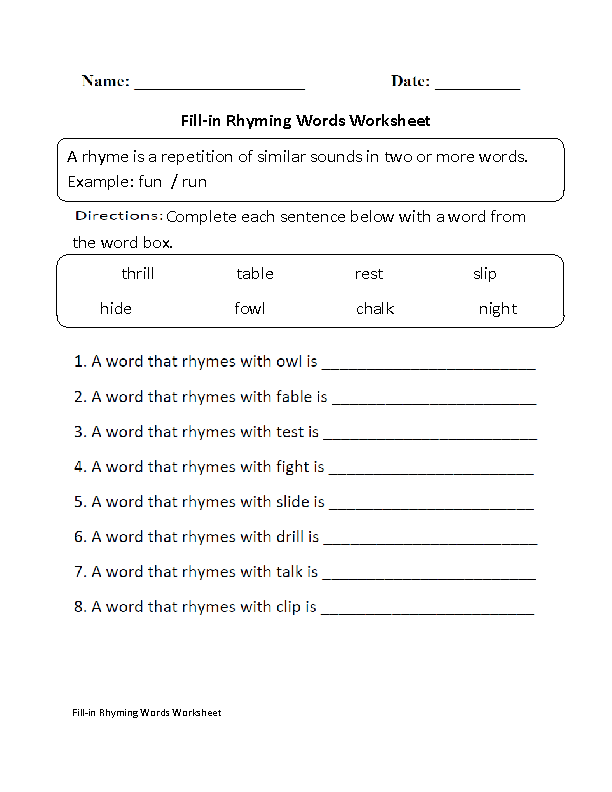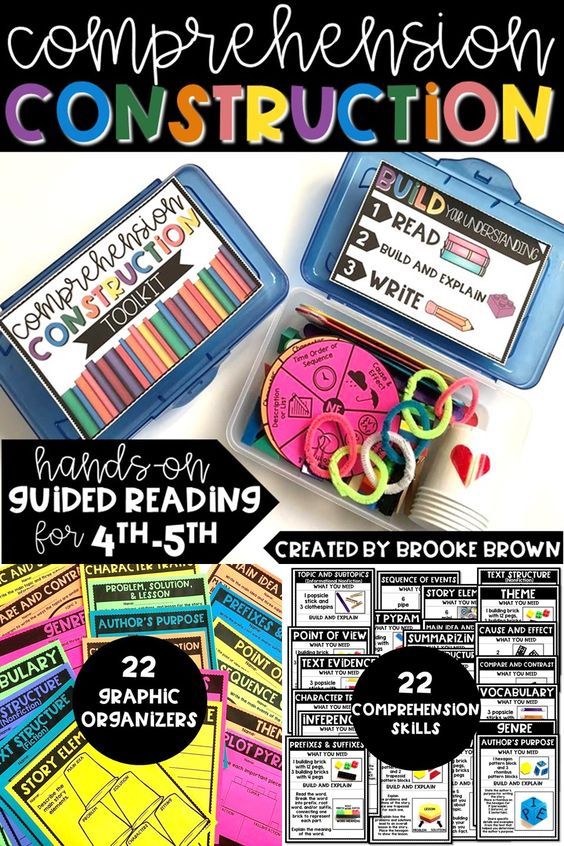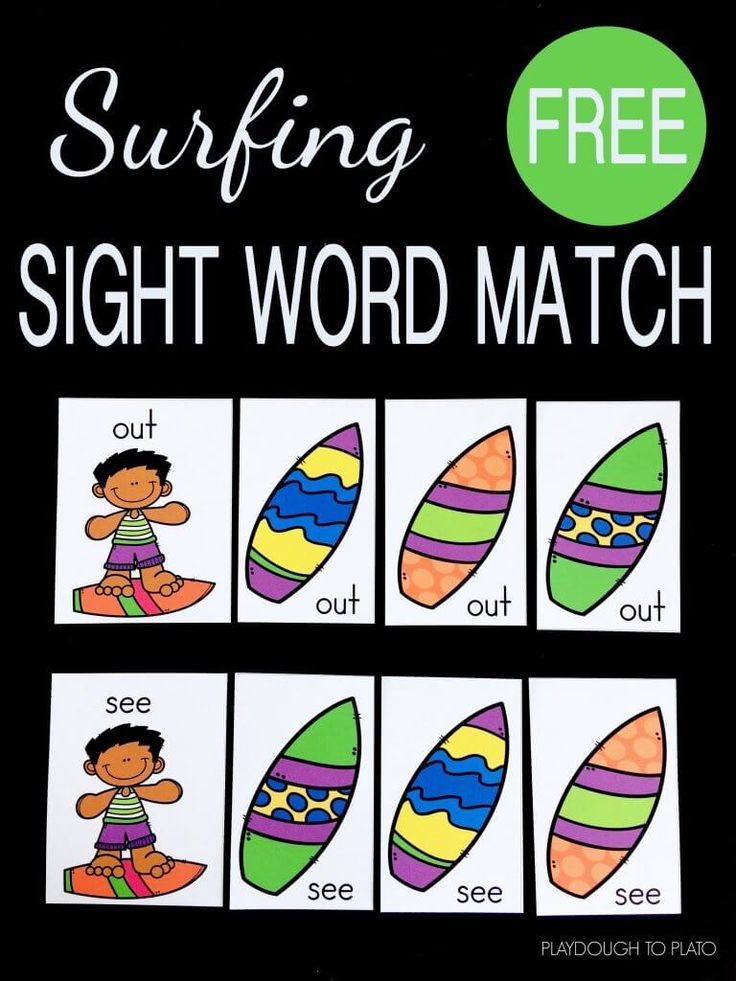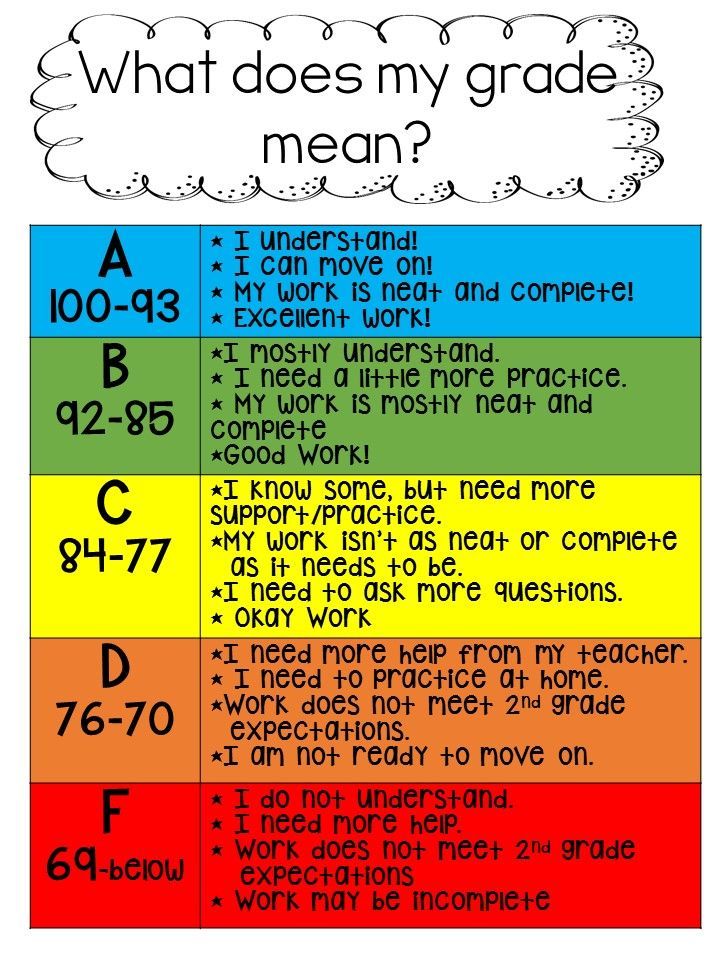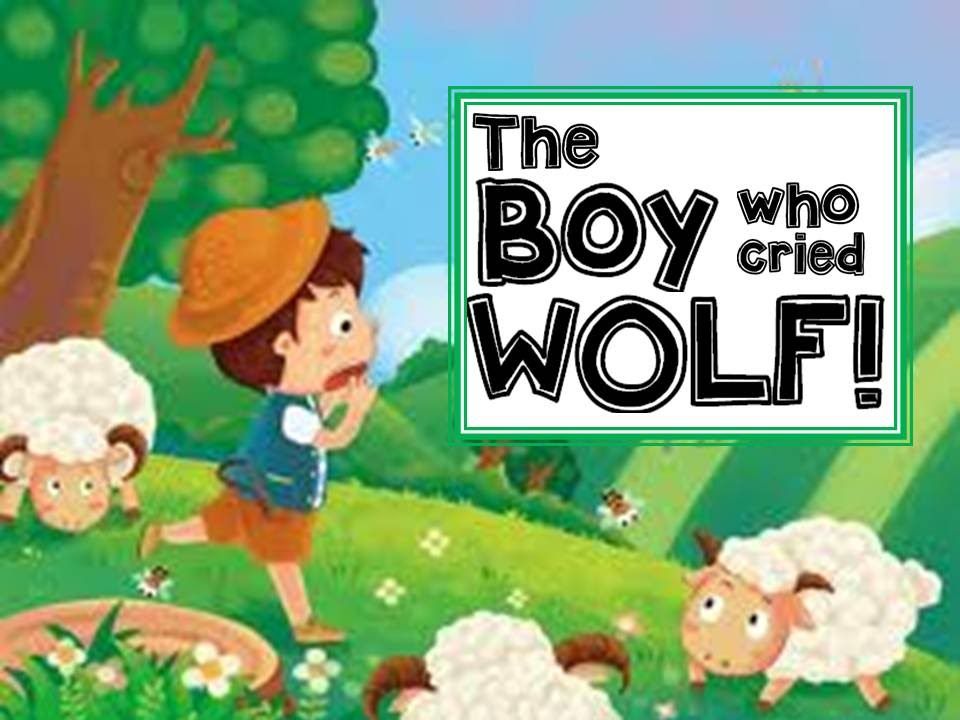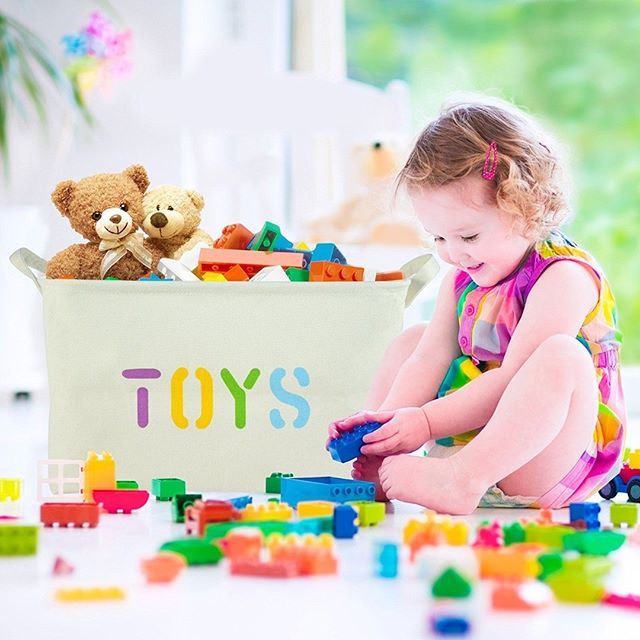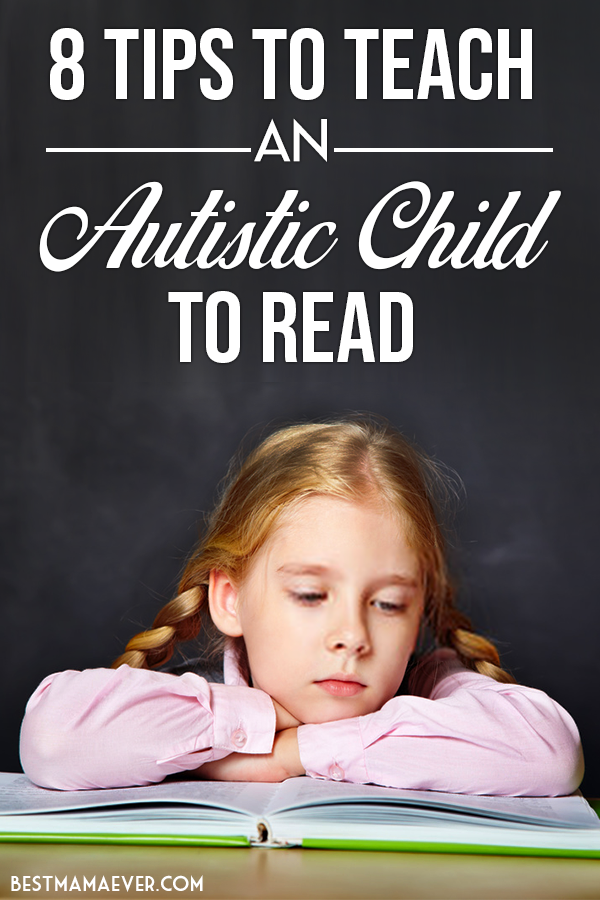Learning counting for kids
How Children Learn to Count
- Education
- Maths Tips
- 5 and under
Counting is easily taken for granted but there's a lot of fascinating research into how we learn to count - and there's more to it than you may think.
The mathematical brain
It’s first worth considering where our capacity to do mathematics comes from.
Neuropsychologist Brian Butterworth in his book “The Mathematical Brain” suggests we’re born with an innate sense of number hard-wired into our brain and he attributes this to a small region of the brain behind the left ear he calls "the number module". He compares this idea to colour – in the same way we perceive the “greenness” of a leaf we can also perceive the “twoness” or “threeness” of a group of objects.
Take counting. Like times tables and algebra, we tend to think it's something kids have to be taught. Wrong, says Butterworth - it's an instinct. Sure, we have to learn the names and symbols of numbers to develop that instinct, but, because the number module is hardwired into the brain, basic counting comes naturally.
Remote tribes can count even when they have no words for numbers. In maths as in language he believes, "kids start off with little starter kits" And their maths starter kit is the number module.
There are other theories too - such as maths being an extension of our spatial awareness – but there’s something nice in the idea of a “little maths starter kit”.
A Word of warning - All this doesn't mean a child is predestined to be either good at maths or not. Far from it, we’re all born ready to learn maths – and it’s what happens in the first 10 years or so that sets us up.
Counting with toddlers
Research suggest that toddlers - even as young as 12 months - have a sense of how many there are in a set - up to around three objects. This comes from their innate sense of number.
Counting is learned when the toddler starts making the connection between this innate sense of "how many there are" and the language we use to count "one, two, buckle my shoe". This is the first stage in learning maths and it's the building block for many early concepts.
Should parents count with their toddlers? Absolutely, using a variety of real objects. And since counting and language are interlinked reading to your toddlers is equally, if not more, important.
Counting - early learning milestones
Here are some stages of learning to count that you may notice your child going through at ages 3 to 5:
- Recognising how many objects are in a small set without counting. So if you show your child four apples they won't have to count them to tell you there's four.
- Knowing the "number words" from one to ten and their order.
- Know the sequence regardless of which number they start on. So if you say "start counting at four" they will count "four, five .
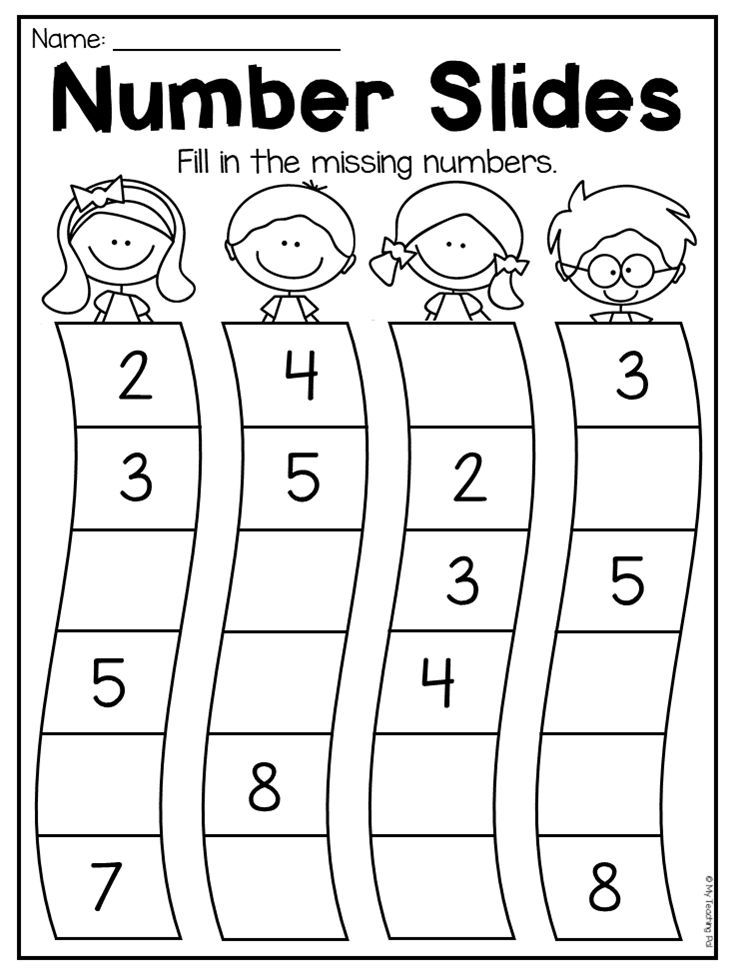 ." as opposed to always counting from one.
." as opposed to always counting from one. - Conservation of quantity - This is where children realise that the number of objects in a set stays the same unless any are added or removed. So if they count six cans of beans in a straight line, then you rearrange the beans ( in front of their eyes ) into say two stacks of three - they will realise there's still six without recounting.
- Counting non-visible objects - your child will realise they can count things they can't touch or even see - such as sounds, members of someone else's family, or even ideas.
- Cardinality, not to be confused with carnality - This is knowing that the last number counted is equal to the quantity of the set. If your child counts six oranges 1,2,3,4,5,6 and then you ask "how many oranges are there"? and they count them again then they haven't grasped "cardinality".
Counting on - as a step towards adding
Learning to add comes as an extension of counting. Here are some stages a child goes through to make this connection:
- Counting all - For 3 + 5, children will count "one, two, three" and then "one, two, three, four, five" to establish the quantity of the sets to be added – for example, three fingers on one hand and five fingers on the other.
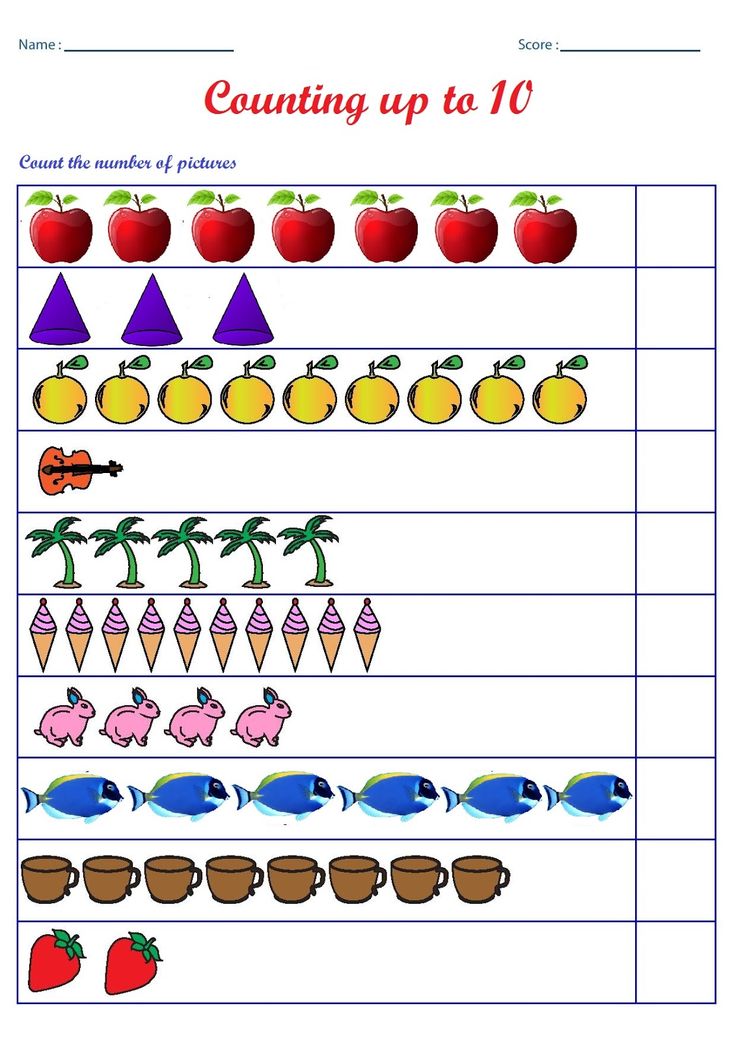 The child will then count all the objects "one, two, three, four, five, six, seven, eight"
The child will then count all the objects "one, two, three, four, five, six, seven, eight" - Counting on from the first number - Some children come to realise that it is not necessary to count the first number to add. They can start with three, and then count on another five to get the solution. Using finger counting, the child will no longer count out the first set, but start with the word ‘Three’, and then use a hand to count on the second added: ‘Four, five, six, seven, eight’.
- Counting on from the larger number - It's more efficient when the smaller of the two numbers is counted. The child now selects the biggest number to start with which is "five", and then counts on "six, seven, eight".
- The final stage isn't really counting - it's where learners know their number facts and skip the time-consuming counting altogether.
Number lines are great visual tools for making this connection between "counting on" and addition or subtraction - we use them in Komodo a lot.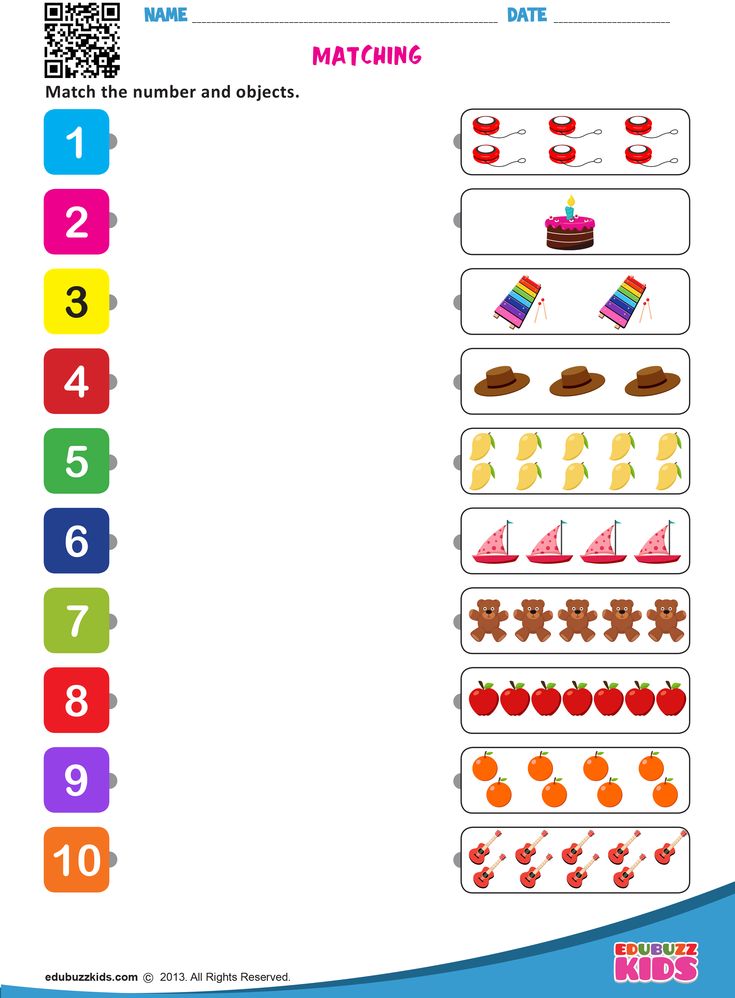 Here's an earlier blog article all about number lines.
Here's an earlier blog article all about number lines.
Beyond basic counting
Counting is the first mathematical pattern learners encounter. From here they soon begin to count backwards which is a step towards subtraction and they'll also count in twos, fives and tens which are a foundation for multiplication.
The next big step is the idea of place value and counting to base 10. Learners often make this leap simply because it's an obvious and efficient way to count large numbers. In Komodo, we use practice examples like this to help learners make the connection to counting in tens and ones.
It's easy to forget that counting is a key concept in maths with many stages before it's mastered. There's certainly a lot more to it than one, two, three!
I'm Ged, Co-founder of Komodo, ex-maths teacher and dad. If you have any questions please get in touch.
About Komodo - Komodo is a fun and effective way to boost primary maths skills.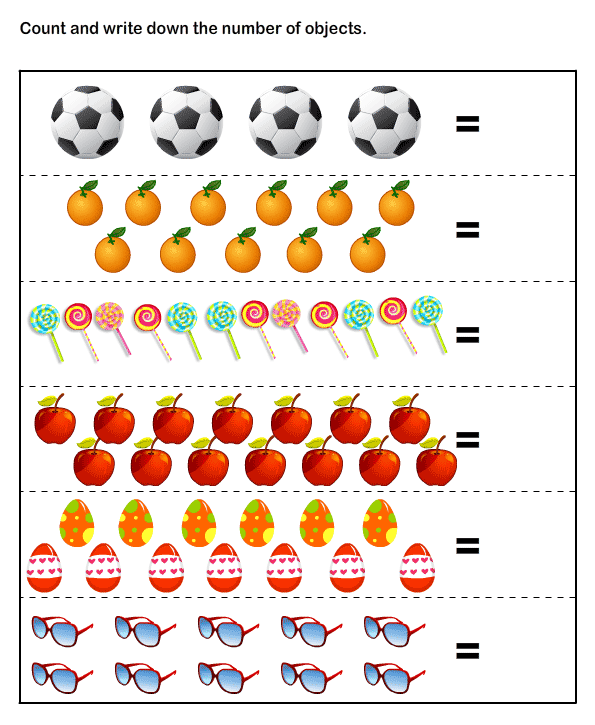 Designed for 5 to 11 year olds to use in the home, Komodo uses a little and often approach to learning maths (15 minutes, three to five times per week) that fits into the busy routine. Komodo users develop fluency and confidence in maths - without keeping them at the screen for long.
Designed for 5 to 11 year olds to use in the home, Komodo uses a little and often approach to learning maths (15 minutes, three to five times per week) that fits into the busy routine. Komodo users develop fluency and confidence in maths - without keeping them at the screen for long.
Find out more about Komodo and how it helps thousands of children each year do better at maths - you can even try Komodo for free.
Related Posts
Mindset - the path to mastery
People who have a growth mindset believe that they always have the potential to learn and improve. They are more motivated to persevere with difficult tasks, to take risks and to learn from failure.
Top tips to de-stress homework time
Homework can be a trigger for some of the worst fights and arguments that we have with our children. Here are some solutions that can help reduce tensions and get homework done without arguments.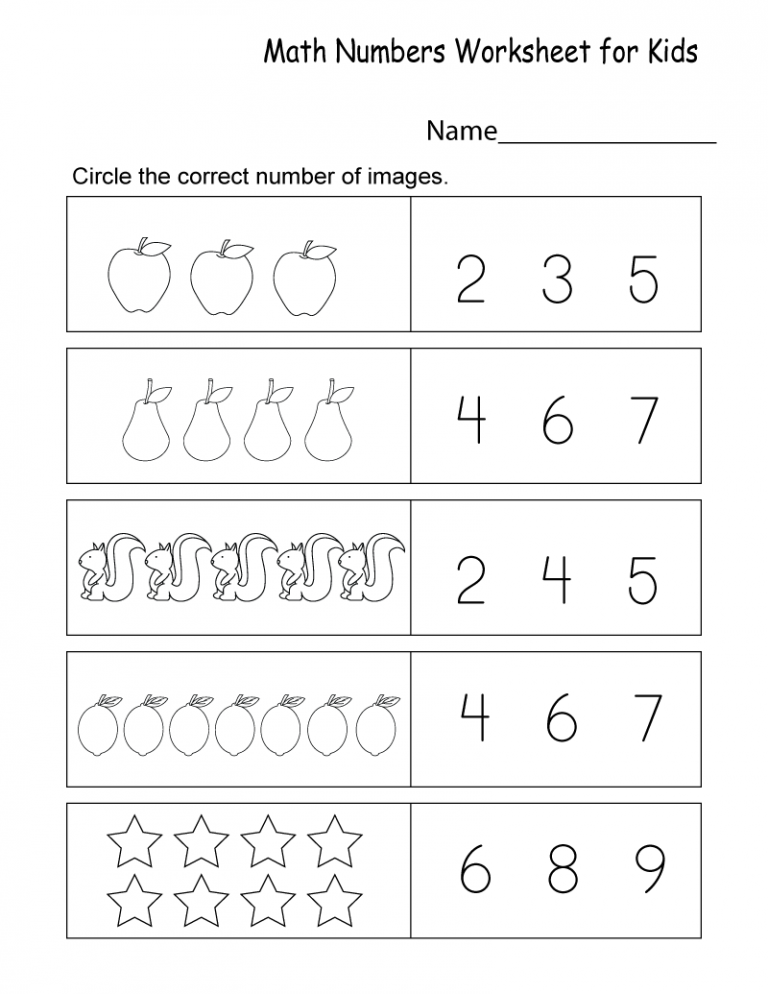
Help Children Understand the Meaning of Counting — Better Kid Care — Penn State Extension
Topics include: learning about measurement, learning about patterns and sorting, and learning about shapes and space.
Teaching children to count involves more than helping them learn the numbers one to ten. It involves helping children understand the meaning of numbers.
Children learn the meaning of numbers when they are developmentally ready. For instance, children ages two to three might move things as they count, but they might count to three while moving four things. This shows that while they might know the numbers in sequence, they are not able to use them to count. At this age, it’s great to count together with a child, just for fun. You might count the steps as you walk up them or the buses as they go by. This helps children begin to move towards matching one thing at a time with the number as they say it.
Three- to four-year-olds are still learning to understand quantity.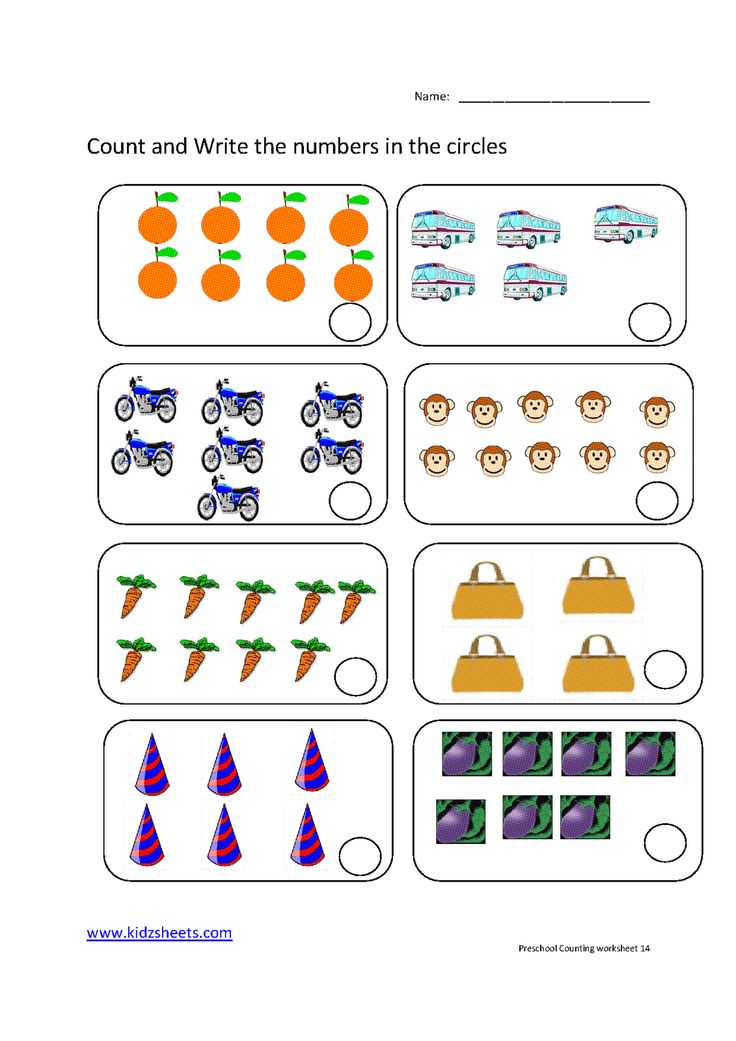 While they can count up to five, they are growing in their understanding of what numbers really mean. By age four to six, children can match the numbers one to ten with ten items; this means they are really counting with meaning. They can solve simple problems, such as how many cookies you will need for each person to have one. By the time children reach the ages of five to seven, they can count items and match them; for example, putting five stamps on five letters.
While they can count up to five, they are growing in their understanding of what numbers really mean. By age four to six, children can match the numbers one to ten with ten items; this means they are really counting with meaning. They can solve simple problems, such as how many cookies you will need for each person to have one. By the time children reach the ages of five to seven, they can count items and match them; for example, putting five stamps on five letters.
You can help your child learn to count by making counting a fun part of your day. Count socks as you sort them; count the juice boxes in your refrigerator; count the cars and buses going by. The more experience children have with counting, the more they will learn the meaning of numbers. Understanding the meaning of numbers takes experience with counting lots of things, and you can help by giving your child this experience regularly.
Learning about Measurement
Giving your young child a chance to measure things can help her understand both how and why people measure things.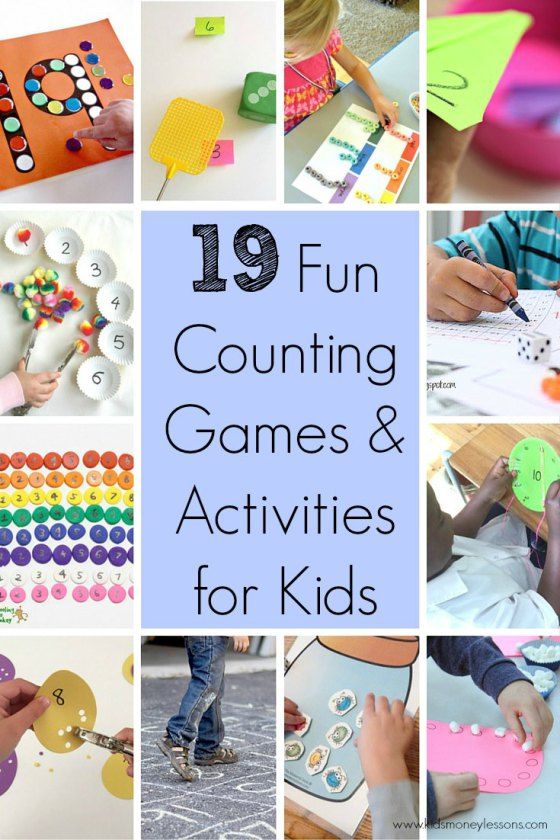 Find real measuring jobs for children to work on. Will this table fit here in this space? How tall are you? How much bigger is the plant than it was a month ago?
Find real measuring jobs for children to work on. Will this table fit here in this space? How tall are you? How much bigger is the plant than it was a month ago?
Inches, feet, and other units of measurement don’t make much sense to a young child. Teach your child to measure with a simple object, such as a shoe. Check how long the rug is with the shoe, or measure the height of a plant with blocks. Then give her a ruler to work on measurement problems. How big a block do we need to fit this space?
Learning about Patterns and Sorting
You can help your child get ready for math by giving him chances to think about patterns and to sort things. This skill is both fun and important in learning math. You can use things that you can find outside: pinecones, leaves, sticks, etc. Lay out a pattern with these objects (leaf, leaf, stick, stick, stone) and then repeat the pattern and ask your child to make the same pattern. Most children enjoy this simple game.
You can help your child develop sorting skills when you do your household chores.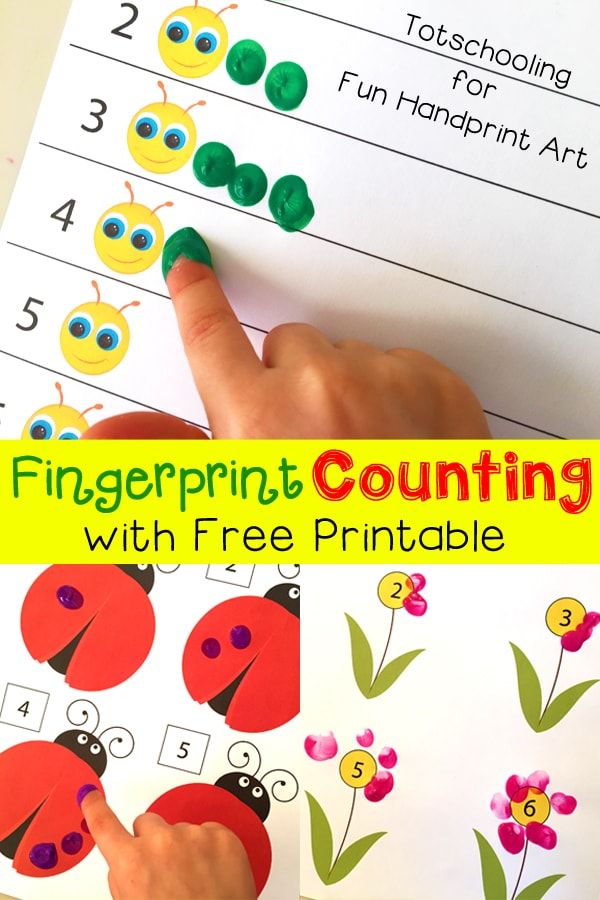 Ask your child to put the blue towels in one pile and the white in another. As children grow you can challenge them to use two different ways to sort. You might say, “Can you sort these towels by color and then put all the large towels in this basket and all the small ones here on the shelf?”
Ask your child to put the blue towels in one pile and the white in another. As children grow you can challenge them to use two different ways to sort. You might say, “Can you sort these towels by color and then put all the large towels in this basket and all the small ones here on the shelf?”
Learning about Shapes and Space
Take time to notice shapes and talk about them with your kids. Shapes are everywhere. A simple walk is a great time to talk about them — you might see the rectangles made by the fence posts, or the circular manhole covers. As you pick out shapes, your children will learn how to do this as well.
Children learn best about sizes, shapes, and how things fit together by playing. Blocks are a great toy to teach these spatial relationships. Building structures helps children figure out how things can fit together. They learn about what it means to double things in a practical way, when they discover that they need two blocks to fill a space. When children understand the real-life meaning of these things, the idea of multiplying by 2 makes sense.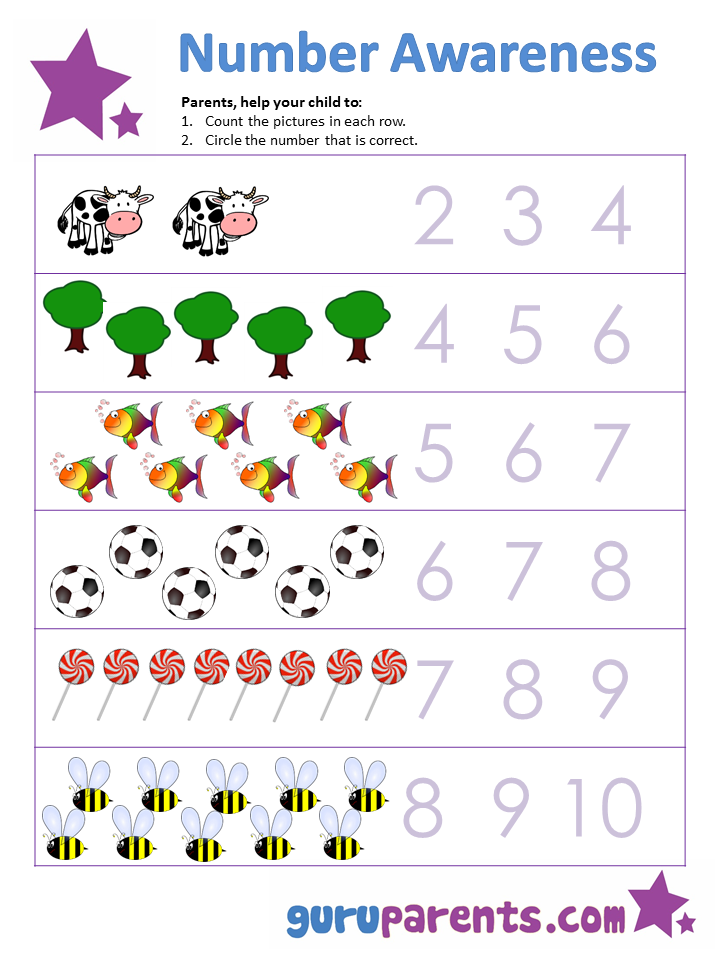
Parent Count December 2007
“Learning to count. Allowance for children 5-6 years old ”Sokolova Elena Ivanovna - book description | ShDM.5-6
“Learning to count. Allowance for children 5-6 years old ”Sokolova Elena Ivanovna - book description | ShDM.5-6 | AST publishing houseLearning to count. Allowance for children 5-6 years old
Sokolova Elena Ivanovna
Listen to an excerpt
Go
to the reading room
Series: ShDM.5-6
Foreign rights >>
Annotation
The manual presents a variety of tasks aimed at preparing preschoolers for schooling. For teachers, educators, parents.
Random novelty
Reader reviews
Characteristics
Author:
Sokolova Elena Ivanovna
Edition:
Baby
Episode:
SHDM. 5-6
5-6
ISBN:
978-5-7797-0786-2 9000 (0-6 years)
weight (kg):
0.165
Binding:
Soft
Pages:
128
Width (mm):
200
Height (mm):
259
Date of last print run:
12.11.2007
BBK:
74.102
Sign of information products:
0+
See also
See also
You looked at
You looked at
We are on social networks
in social networks
Please select category
For new books
Enter your mail *
@izdatelstvoast
News, novelties,
selections and recommendations
Enter your mail * Enter the text of the complaint *
Thank you for contacting us!
Your complaint will be processed as soon as possible.